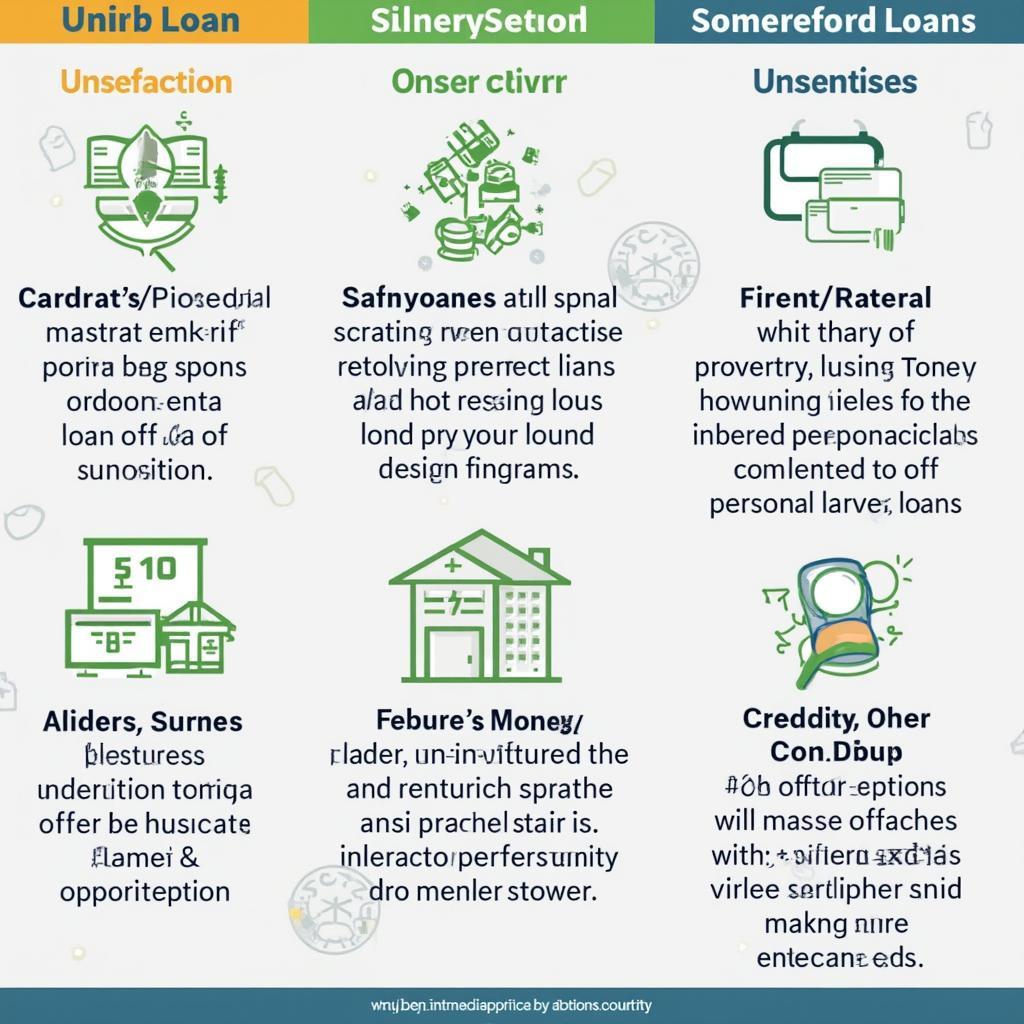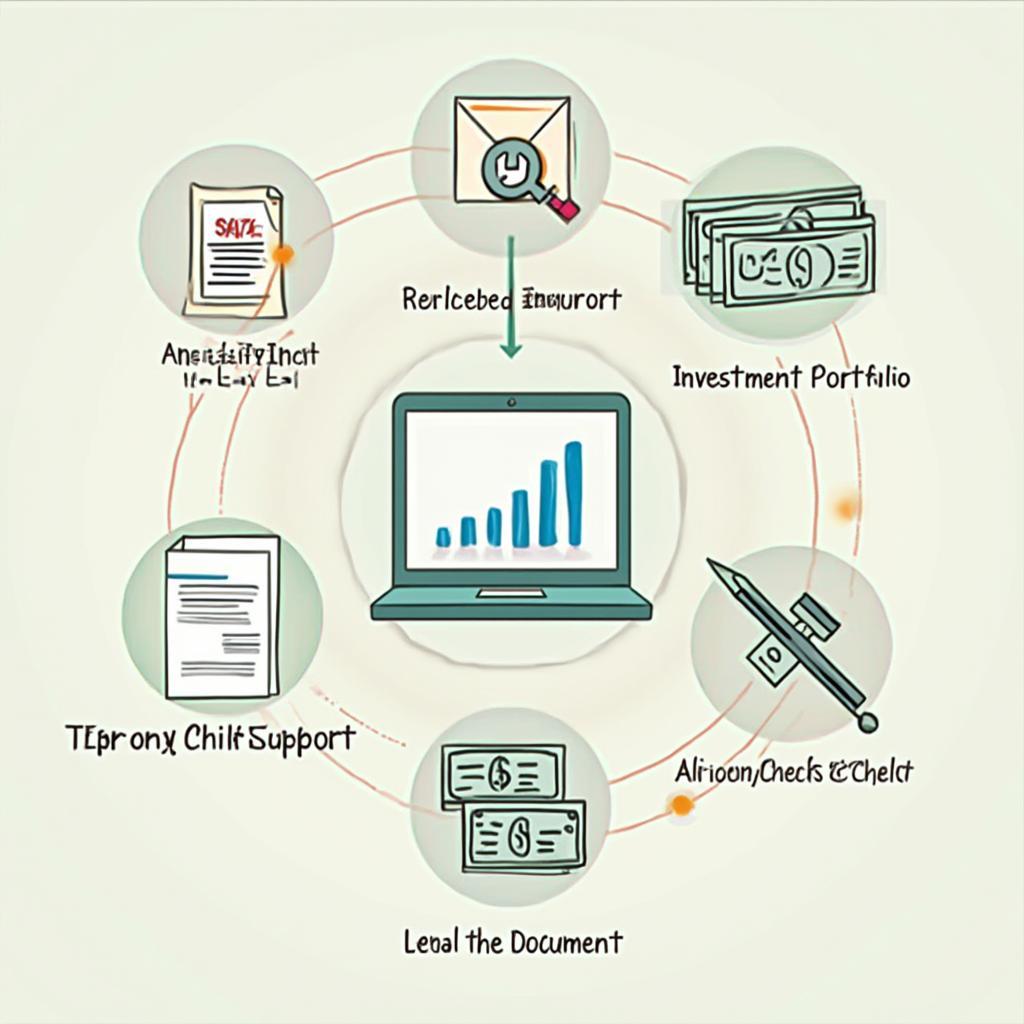What is a Physician’s Loan?
A physician’s loan is a specialized mortgage designed specifically for medical professionals, offering unique benefits that cater to their career path. These loans often come with features like lower down payments, higher loan amounts, and flexible underwriting guidelines. Understanding the intricacies of a physician’s loan can help doctors navigate the home-buying process with greater ease and confidence.
Understanding the Benefits of a Physician’s Loan
Physician’s loans are tailored to recognize the unique financial circumstances of doctors. They often feature perks not available with conventional mortgages. These loans acknowledge the high earning potential of physicians and their future financial stability.
-
Lower Down Payments: Physician’s loans frequently offer down payments as low as 0-5%, eliminating the hurdle of a large upfront payment. This is particularly beneficial for doctors just beginning their careers, who may have substantial student loan debt but strong future earning potential.
-
Higher Loan Amounts: These loans often allow for significantly higher borrowing amounts compared to conventional mortgages. This enables physicians to purchase their dream homes without being constrained by traditional loan limits.
-
Flexible Underwriting: Lenders recognize the unique income trajectories of doctors. Physician’s loans often feature flexible underwriting guidelines that consider future earning potential, allowing for loan approvals even during residency or fellowship.
Eligibility Requirements for a Physician’s Loan
While physician’s loans offer attractive benefits, certain eligibility criteria must be met. Understanding these requirements helps prepare prospective borrowers for the application process.
-
Medical Professional Status: Applicants must be licensed physicians (MD, DO), dentists (DDS, DMD), or other eligible medical professionals. Proof of licensure and current employment or a signed employment contract is typically required.
-
Strong Credit Score: A good credit score is essential for securing a physician’s loan. While the specific requirements vary by lender, a score of 700 or higher is generally recommended.
-
Debt-to-Income Ratio (DTI): Lenders assess the borrower’s DTI ratio, which compares monthly debt payments to gross monthly income. While physician’s loans sometimes offer more flexibility with DTI, maintaining a reasonable ratio is crucial for loan approval.
Comparing Physician’s Loans to Conventional Mortgages
Physician’s loans present distinct advantages over traditional mortgages. However, a comprehensive comparison is necessary to make an informed decision.
-
Down Payment: Physician’s loans often waive or minimize down payment requirements, unlike conventional mortgages that typically require a down payment of at least 5-20%.
-
Private Mortgage Insurance (PMI): PMI is typically required for conventional loans with less than a 20% down payment. Physician’s loans often avoid PMI even with low or no down payments, resulting in significant savings.
-
Interest Rates: Interest rates on physician’s loans can be competitive with conventional mortgages and may even be lower in some cases.
“Physician’s loans offer a valuable opportunity for medical professionals to achieve homeownership earlier in their careers,” says Dr. Anh Nguyen, a financial advisor specializing in physician finances. “The ability to bypass large down payments and PMI can make a substantial difference in their financial journey.”
Are There Any Drawbacks to a Physician’s Loan?
While offering many advantages, physician’s loans may come with some potential drawbacks to consider.
-
Loan Limits: Though generally higher than conventional loans, physician’s loans can still have limits which may restrict purchase options in high-cost areas.
-
Lender Availability: Physician’s loans are not offered by all lenders, which may limit choices and competition.
-
Specific Eligibility: The strict eligibility requirements tied to medical professions exclude other high-earning professionals.
“It’s important for physicians to thoroughly research and compare different loan options,” advises Dr. Minh Tran, a senior mortgage loan officer at a leading national bank. “While a physician’s loan can be advantageous, it’s crucial to find a loan that aligns with their individual financial goals and circumstances.”
Conclusion
A physician’s loan offers a tailored financing solution for medical professionals, offering significant benefits like low down payments, higher loan amounts, and flexible underwriting. By understanding the features, eligibility requirements, and potential drawbacks of a physician’s loan, doctors can make informed decisions and navigate the path to homeownership with confidence. Researching and comparing offers from multiple lenders is essential to securing the most favorable terms and making a sound financial choice.
FAQ
-
What types of medical professionals are eligible for a physician’s loan? Typically, licensed physicians (MD, DO), dentists (DDS, DMD), veterinarians, and some other medical specialists are eligible.
-
Do I need perfect credit for a physician’s loan? While a high credit score is preferred, the specific requirements vary by lender. Generally, a score of 700 or higher is recommended.
-
Can I get a physician’s loan during residency? Yes, many lenders offer physician’s loans to residents and fellows based on their future earning potential.
-
What is the maximum loan amount I can qualify for? Loan limits vary depending on the lender and the borrower’s financial profile.
-
Are physician’s loans available in all states? While widely available, some lenders may have geographic restrictions. It’s essential to check with lenders serving your area.
-
What documents do I need to apply for a physician’s loan? Common documents include proof of licensure, employment contract, income verification, and credit history.
-
How long does the approval process take for a physician’s loan? The timeline varies, but it can take anywhere from a few weeks to a couple of months.




